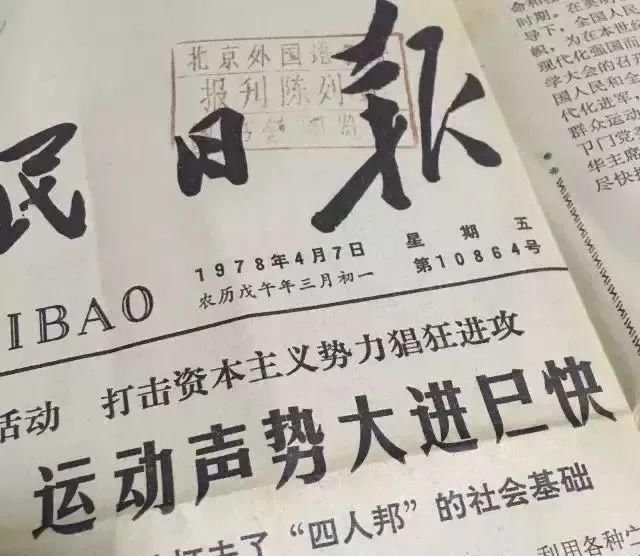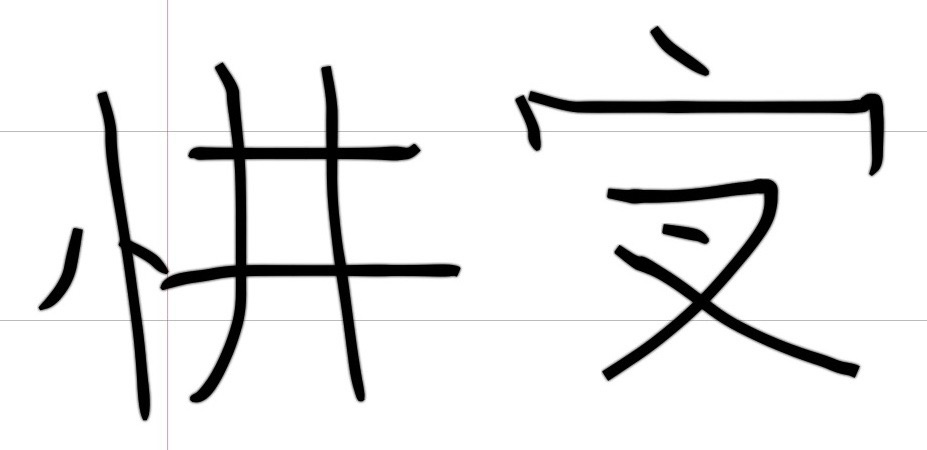Funny story, that. There actually was a time where those two characters were simplified.

Following the huge success of the first round simplification in 1956, the officials began planning for a second round simplification. Latinizing, and therefore completely modernizing the language, was just beyond the horizon.
On the 20th of December, 1977, the newspaper announced the official list of second round simplification characters. An archived rough draft of it showed a collection of 853 new simplified characters and 61 simplified components. It also stated that it reduced the number of characters by 263.
The change was received poorly.
What the officials didn’t take into account was that there had been a gap of 21 years between the two rounds of simplification. Over these 21 years, education became more prevalent than ever before, and literacy had drastically increased since 1956.
China went from a 20% literacy rate prior to 1950 to a literacy rate of 65% in early 1980s.
It was obvious that not too many would complain about the change in script the first time around because very few people could read in 1956, but by 1977, more than half of the population were already literate and used to the first round simplification characters, so people rejected this new list of characters.
That is more or less the reason to why some really complicated-looking characters remained as they are today, because people were already used to writing first round characters. Those new characters eventually fell into disuse, and was officially retracted by the government in 1986.
The backlash was so huge that any changes made after the retraction were usually minor adjustments or corrections. Nothing to the scale of 1977.
So you may be wondering after all this, what did 警察 look like after the second round simplification?

There it is.
The character for 警 was referred to as 同音替代字, which means they replaced the phonetic component 敬 and opted for 井 instead, which is pronounced the same as 警 in Mandarin. Edit: The radical changed from 訁to 忄 likely to prevent confusion from 讲。
The character for 察 was referred to as 可作偏旁用的简化字, meaning the 察 that was simplified here can be used for other characters with the same phonetic component. Characters like 擦 and 嚓。
Bonus Fact: According to the rough draft of the second round simplification, even after the second round, there were still around 1300 characters that were written with more than 10 strokes. They noted that those characters also needed to be simplified, hinting that there would’ve been more to come had the second round simplification not crashed and burned.